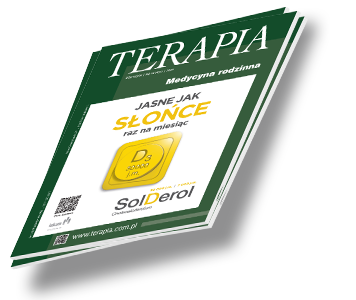Alergologia Terapia 2020, 4 ( 387 ) : 53 - 57
Leczenie POChP kombinacją LAMA/LABA – czy wszystkie inhalatory są takie same?
LAMA/LABA treatment in COPD: Are all inhalers the same?
Przewlekła obturacyjna choroba płuc (POChP) to jedna z najczęstszych chorób układu oddechowego ze stale wzrastającą liczbą chorych na świecie. Jej globalna prewalencja według najnowszych szacunków – obejmujących rok 2010 ‒ wynosi 11,4% populacji osób po 30. r.ż. Przekłada się to na 384 mln chorych na POChP w ujęciu światowym. W latach 1990‒2010 zaobserwowano wzrost prewalencji tej choroby o 68,9%, co spowodowane jest głównie zmianami demograficznymi społeczeństw.

Zaloguj się i przeczytaj bezpłatnie całą treść artykułu.
Nie masz jeszcze konta dostępowego?
Zarejestruj się bezpłatnie, a otrzymasz:
* dostęp do wszystkich doniesień oraz pełnych tekstów artykułów naukowych w naszej Czytelni,
* prawo do bezpłatnego otrzymywania newslettera "Aktualności TERAPIA" z przeglądem interesujących i przydatnych wiadomości ze świata medycyny oraz systemu ochrony zdrowia w Polsce i na świecie,
* możliwość komentowania bieżących wydarzeń oraz udziału w ciekawych quizach i konkursach.
Zapraszamy serdecznie, dołącz do naszej społeczności.



Dodaj komentarz